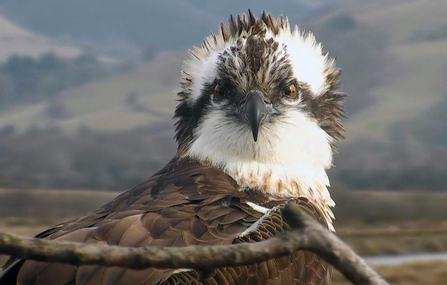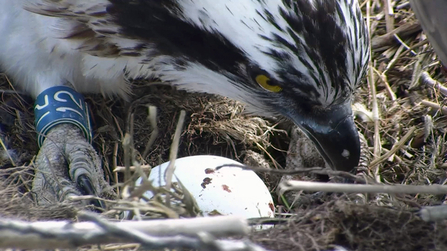A homage to a perfect osprey.
The first two weeks of April 2013 were not pleasurable. Monty had returned back from migration during his usual seven day window; his partner Nora, however, had not. Every morning as we looked at each other in the 10am daily brief, you could sense a tangible gloom in the air. It was horrible and it got progressively worse as each day went by.
Monty - home alone






















